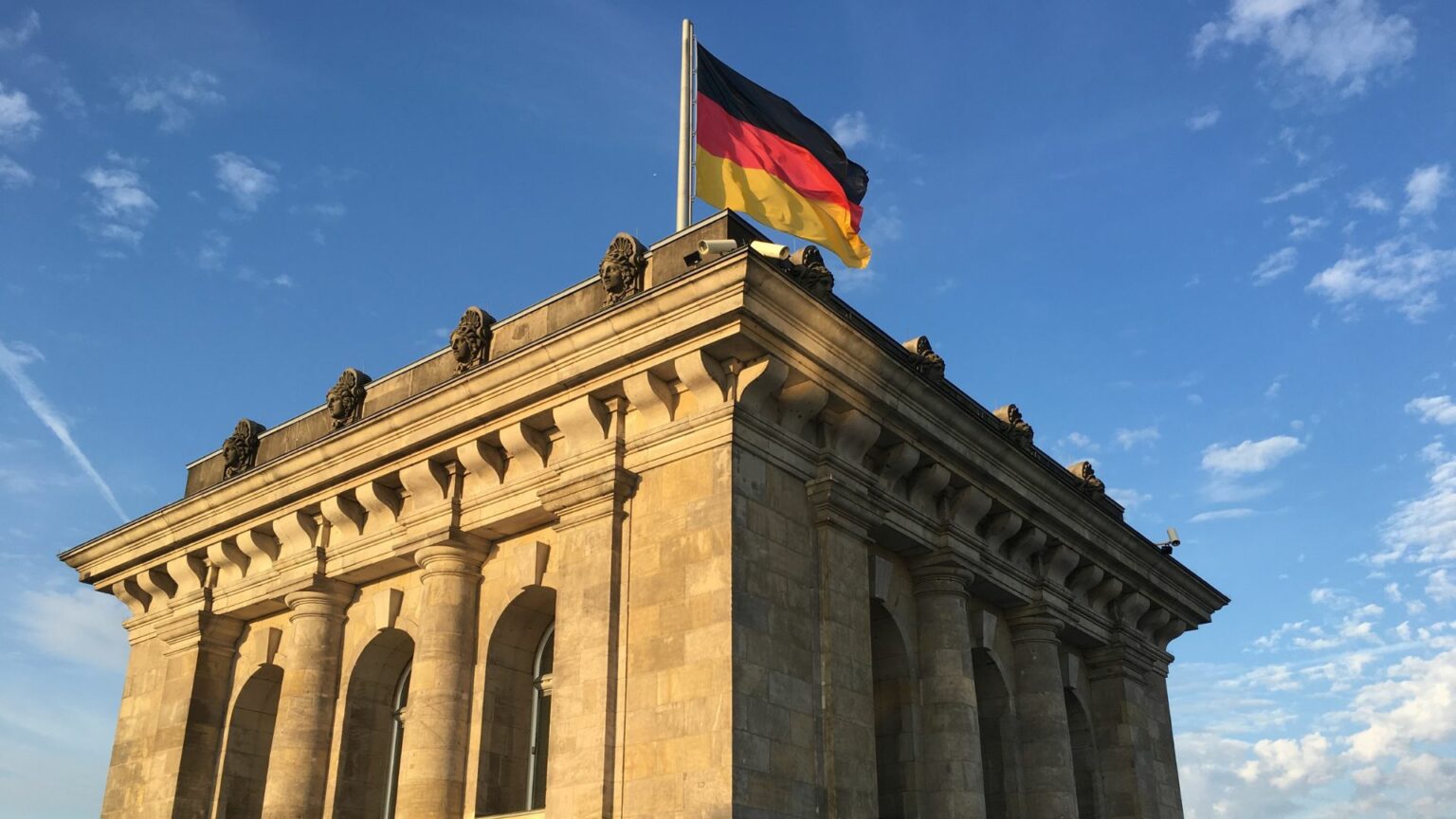Europe is embarking on an ambitious journey to establish hydrogen corridors, with Germany at the forefront. These corridors signify a monumental shift away from reliance on Russian gas, ushering in a new era of renewable energy utilization and distribution.
The primary objective of these hydrogen corridors is to streamline the production, importation, and transportation of hydrogen gas across Europe. By 2030, the aim is to transport a staggering 20 million tons of hydrogen annually, laying the foundation for a sustainable energy ecosystem. These corridors, comprising pipelines, production facilities, storage sites, and shipping lanes, will not only cater to local demand but also foster connections with neighboring regions, promoting energy interconnectivity.
Investment in innovation is imperative to enhance hydrogen storage capabilities, with a focus on underground caverns and novel carriers. Collaborative efforts between European countries, exemplified by Denmark’s hydrogen pipeline to Germany and UK’s electrolyzer production site, underscore the importance of collective action in driving the hydrogen revolution forward.
As Europe’s hydrogen hub, Germany holds the key to shaping the continent’s energy landscape. With its strategic location, political will, and economic prowess, Germany is poised to lead the green transition, exerting significant influence over international energy standards and regulations.
Hydrogen’s emergence as a pivotal player in Europe’s green transition signifies a paradigm shift towards sustainability and resilience. By spearheading hydrogen innovation and deployment, Germany not only ensures energy security but also cultivates a cohesive, interconnected European energy ecosystem, emancipated from external influences.
